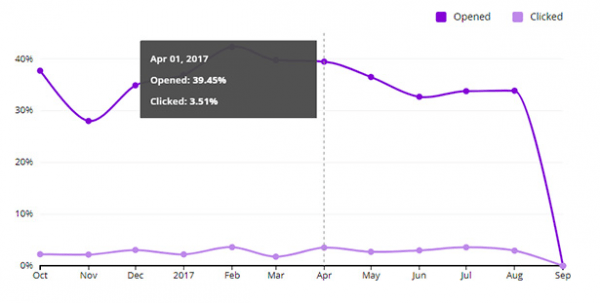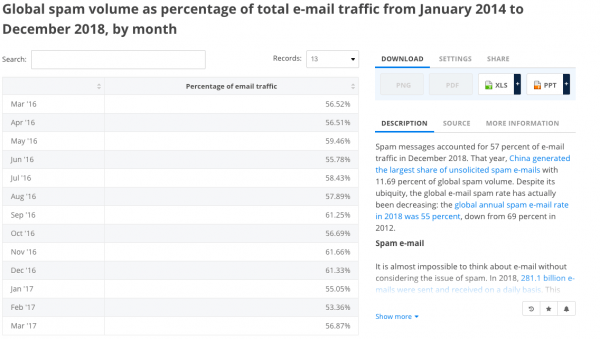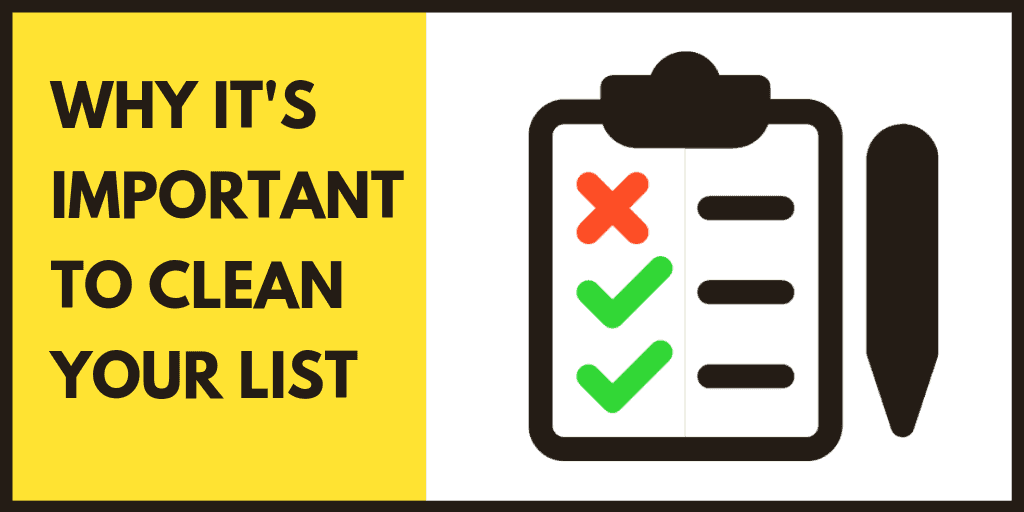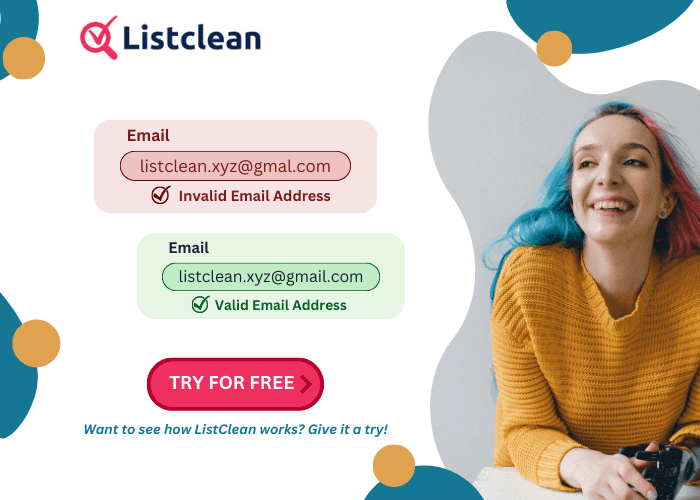Maintaining your email list is a cornerstone of any successful email marketing campaign. To begin with, it helps cultivate relationships with your existing customers and sustain brand awareness.
On top of that, it has the potential to create new conversions – turning a healthy prospect into a paying customer.
The key words there are “healthy prospect.” The type of people who can boost the company’s reputation as well as its revenue. In order to reach these people effectively, you need to weed out the poor prospects.
That means you need to maintain good email hygiene.
Essentially, this boils down to cleaning out your email list of any inactive subscribers, but there’s more to it than that.
28 Days Later
Email hygiene – sometimes referred to as email scrubbing – is one of the most fundamental aspects of any successful marketing campaign. Out of 1,000 random contacts, around 4.5 percent of those are no longer valid after 28 days, according to a study from Prospectify.
This data decay weakens your sales intelligence and has the potential to cost you a lot of money.

Image: OptInMonster
1. Maintaining Deliverability
To avoid this you must maintain deliverability. That is, a clean list of active subscribers who engage with your emails.
If you can hold on to this list, your sender reputation improves, more of your emails land in inboxes, and your open and click-thru rates will climb.
2. Reduce Your Bounce Rate
A good rule of thumb is to look for a bounce rate of 3 to 5 percent or more. If you see this amount, you should take some time or invest some money into cleaning out your mailing list to avoiding setting off any spam alerts.

Image: Statista
Most email lists depreciate 25 percent each year. There are a number of factors for this, people abandon email addresses; they make typos, domain, syntax, or other errors; or they just enter fake names. Whatever the reason, your email list will decline in validity over time.
Moreover, some email service providers may suspend your account if you go over the standard bounce rate for your specific industry.
3. Reaching The Inbox
Even with a high deliverability rate, you won’t necessarily find your letters are actually being delivered to people’s inboxes. Rather, your messages could be ending up in the dreaded junk mail folder.
Approximately 79 percent of the world’s emails end up reaching their target, according to a 2016 study by Return Path. But, more importantly, fully 13 percent of emails sent found their way to people’s junk folders. Once there, only around one percent of those messages are liberated by users and moved back to the inbox.
Of course, email design best practices are an important part of placement rates. But email hygiene is also an essential part of inboxing strategy.
It doesn’t matter if you have the most relevant subject line to ever grace a Gmail email alert, if you receive a reputation for sending out correspondences to unresponsive, closed, or inactive email accounts, you’re more likely to get flagged and relegated to the junk mail folder.
4. Warm and Engaged
While knowing what to avoid is important, it’s equally critical to know what we want to achieve. To that end, we should think of our ideal audiences as warm and engaged.
Engagement, simply, is what happens when people interact with your email. That means opens and clicks.
Email service providers (ESP) have a slightly more complicated definition of engagement though. Those include recent opt-ins, or people who have decided to subscribe to your marketing list.

Image: SuperOffice
However, recent opt-ins can be fake or wrong addresses, so you need to maintain your tracking engagement and ensure that you remove fraudulent addresses as quickly as possible. An easy way to avoid this is by creating a double opt-in option to your marketing campaigns.
ESPs also look at purchases or subscribers that have been billed within the last 120 days. This isn’t necessarily an accurate representation of someone who wants to receive your continued marketing efforts, but it does speak to a higher level of engagement in general.
Opens and clicks over the last 120 days are also an important factor for ESPs. These are the actions you can monitor over time to see if a subscriber is actually engaged with your mailing list. Clicks tend to be a more accurate metric than opens.
Another term that gets thrown around a lot is a “warm email list.” This comes down to three factors: people who have opted in, been contacted over the last four months, and who regularly engage with your emails.
If you forget to properly maintain your list, over time your “warm” email list will grow “cold,” alerting your ESP that your database is no longer active and engaged and potentially setting off spam filters.
5. Maintain Your Rep
It’s similar to your career. A bad reputation – deserved or not – follows you through your online life.
There was a time when your email sender reputation was solely connected to your IP address. But now ESPs look at your domain reputation as well.
Domain reputation is a permanent reflection on your brand. Even if you switch ESPs or change servers, it will follow you around the web.
Cleaning your email list regularly will help mitigate this problem.
6. Clearing The Cobwebs
So, now that you know why it’s important to maintain good mailing list hygiene, let’s look at a few ways to go about the actual cleaning.
Firstly, you need to make sure that everyone on your list wants to receive your messages. You can do this by sending a simple re-engagement email asking people to confirm that they still want to be on your list or that gives members different subscription offers (Like receiving every email or simply a monthly round-up of your content).
It’s also a good idea to send out a survey now and then. This helps you understand what content is speaking to your readers. Ask them why they signed up in the first place, what kind of content or insights they enjoy reading, or what they think of your products.
Re-engaging with a cold list can be more difficult but there are ways it can be done. Try turning it to an event, for one. What do you have that provides value and can remind old subscribers what they liked about your correspondences?
Try inviting folks to a Facebook Live event or webinar where they can receive exclusive training or ask you questions. You can also provide exclusive material that isn’t available on your website.
At any rate, you can make people aware that by being a part of your mailing list they will receive valuable content.
Enjoying A Job Well Done
Once the health of your email list is up to par, you need to remember to provide valuable content on a regular schedule. This shows your readers that you’re reliable and let’s them look forward to receiving your emails.
Make a habit out of cleaning your email list and you will see positive results, bringing you greater returns on your time, money, and energy.
Invalid data is like dust, dirt, and debris. If you don’t clean regularly, over time it builds up and takes over everything around it.





